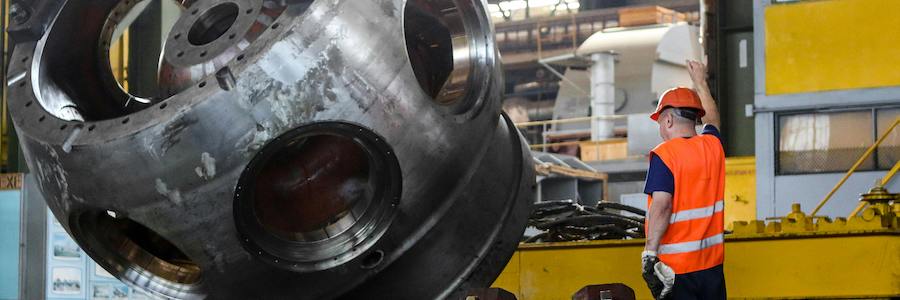So far in 2024, the U.S. economy boasted a staggering 7.7 million job openings—a sharp increase from the under-5-million figure just a decade ago. In a recent interview of Mike Rowe, the gritty host of “Dirty Jobs” and “Somebody’s Gotta Do It,” he presents a theory behind the numbers: a growing skills gap.
In an earlier interview on Dr. Phil’s Merit Street, Rowe didn’t hold back, attributing the issue to two major missteps: the relentless push for expensive college degrees and the ill-advised removal of shop class from high schools. This, he argues, has left young people burdened with debt and the labor market aching for skilled workers.
The Blue-Collar Deficit
Rowe believes that many of those 7.7 million open positions are what he calls “dirty jobs”—the type of blue-collar work that relies on trade skills rather than a traditional four-year degree. And the data backs him up. A 2019 study by The Conference Board revealed that 85% of companies in mostly blue-collar industries struggled to find talent, compared to just 64% of white-collar companies.
The reason? It’s not just a lack of training—it’s a lack of interest. According to a McKinsey survey, 74% of 18- to 20-year-olds view vocational training as less prestigious than college. Add to that 79% of parents who still steer their kids toward a university education, and you have a recipe for a widening gap in skilled labor.
McKinsey’s report also points out that many young workers value workplace flexibility, something rarely found in the structured environments of construction or manufacturing.
Degrees vs. Dollars: The Cost of Education
Rowe is quick to clarify that he’s not anti-college—he has a degree himself. But the numbers, he says, tell a sobering story. “In 1984, two years at community college and two years at university cost me $12,400. Today? That same path will run you $95,000. The pressure we’ve put on kids to get a degree, no matter the cost, is scandalous.”
The skyrocketing cost of college has fueled an explosion in student loan debt, which has surged from $260 billion in 2004 to a jaw-dropping $1.58 trillion in 2024, according to the Federal Reserve. And the public is taking notice. A Pew Research survey found that just 22% of Americans believe a college degree is worth the price tag if it means going into debt.
This could signal a shift in how Americans view education—and a possible revival of interest in the trades. Let us hope so.
The Changing Economy
The economy has seemingly experienced lower unemployment rates despite this. However, this may be due to people working multiple jobs or many more people in part-time jobs in lower skilled sectors just to keep up with rising costs. The average salary is around $60k a year, with average base expenses being around $50k a year – so if you are in the bottom 50th percentile, you may especially be struggling.
You may cite a growing stock market as a positive indicator for Americans; however, working class families are struggling. And the growth of the economy could be mostly due to a wave of new technological innovations, price increases, and massive corporate share buy backs.
As inflation continues, the savings for many people becomes worth less and less, at a time it is needed more and more. And regular families aren’t exactly investing heavily in the stock market, with more than 90% of stocks being owned by the top 10% of people, and the bottom 50% of Americans owning barely a share of 1%.
This all being said, perhaps skilled blue collar trade jobs are truly the better overall answer.








